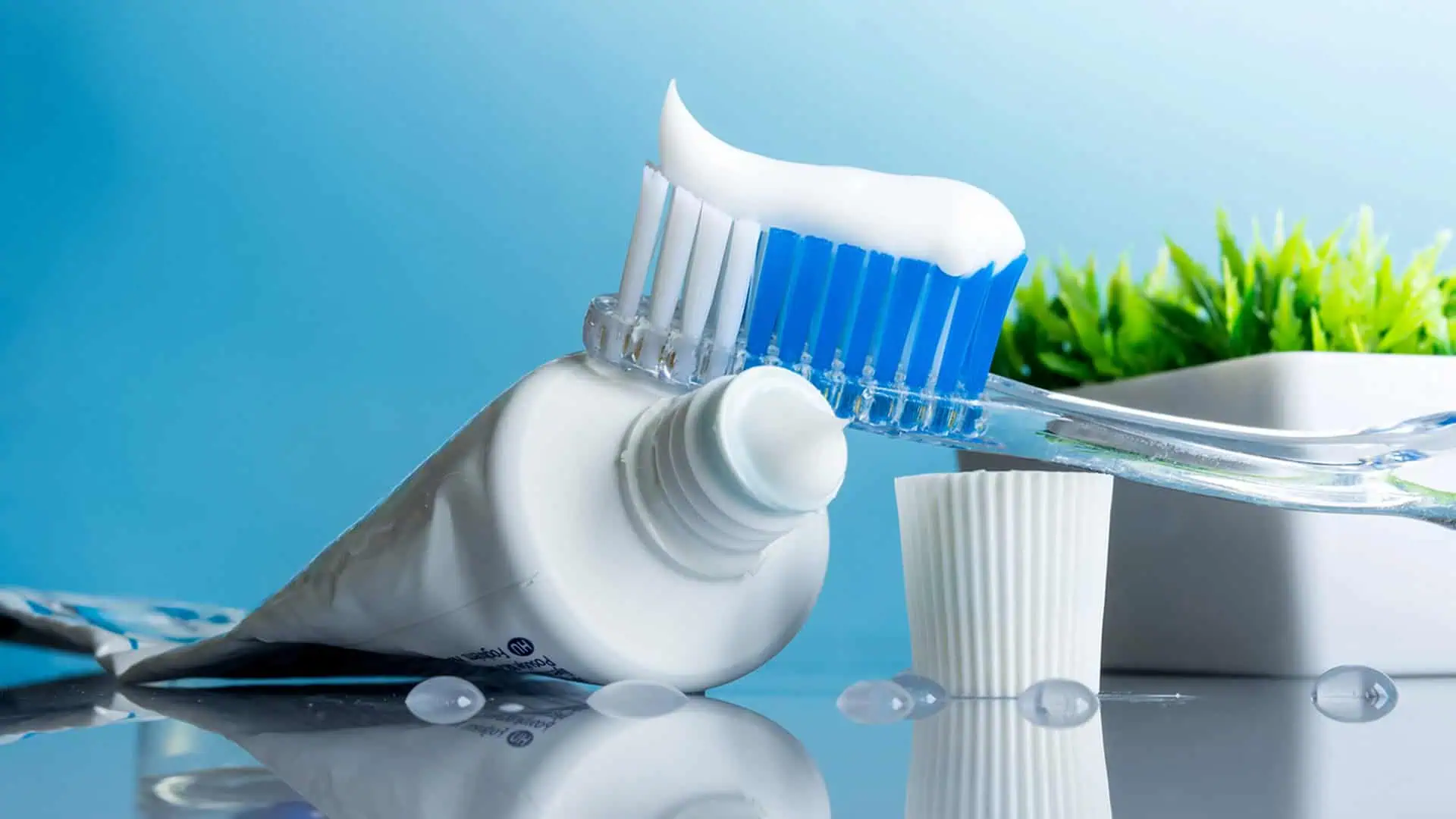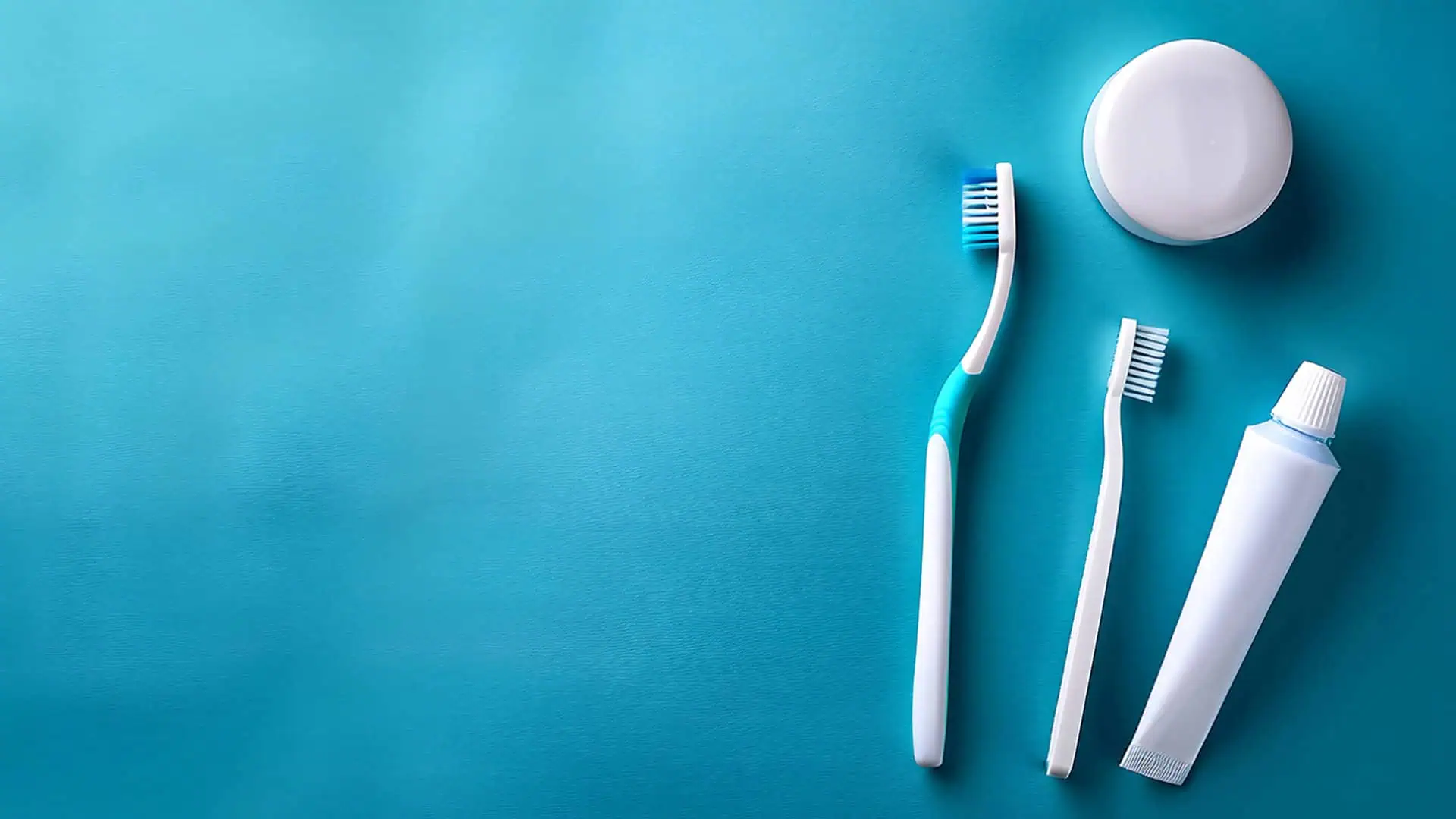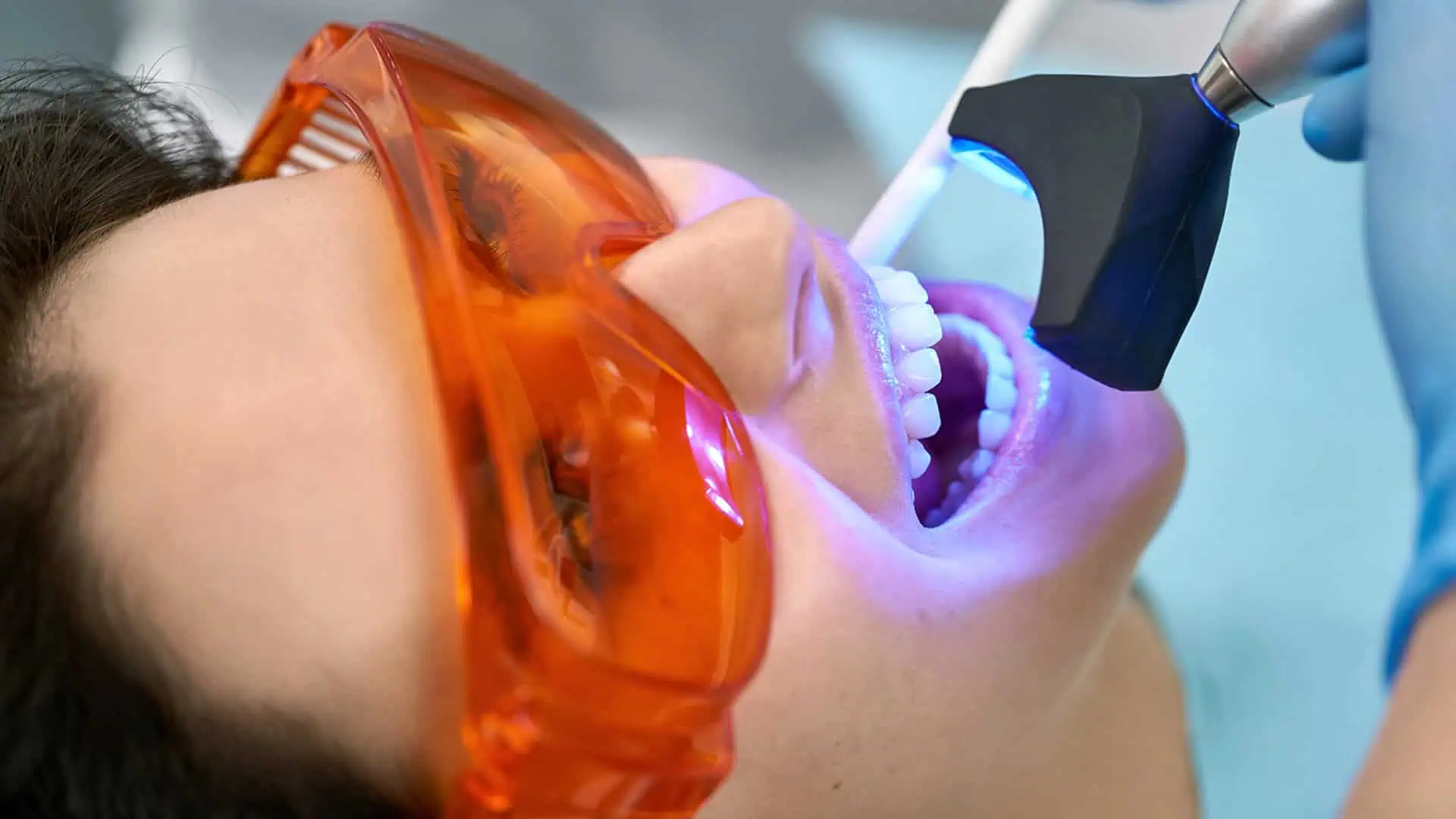Everything You Need to Know About Teeth Whitening
Oct 4, 2024

A radiant, white smile is what we all wish to see when looking in the mirror. It’s a beacon of confidence and a ray of beautiful sunshine, even on rainy days. However, millions of people suffer from yellow teeth and surface stains, seeking a quick and effective solution to embrace a brighter smile once again. But how?
The answer you’re looking for is very simple: teeth whitening. This cosmetic procedure is designed to restore your teeth’s aesthetics and replace your yellow stains with a dazzling smile. Teeth whitening is a pretty straightforward dental treatment that can be done either at home with a teeth whitening kit or taken care of professionally in the dentist’s chair. But is this dental procedure a magical solution, or is there more to the story?
Read more to learn all about teeth whitening, how to maintain white teeth, and what caused your smile to lose grace in the first place.
Understanding Teeth Discoloration
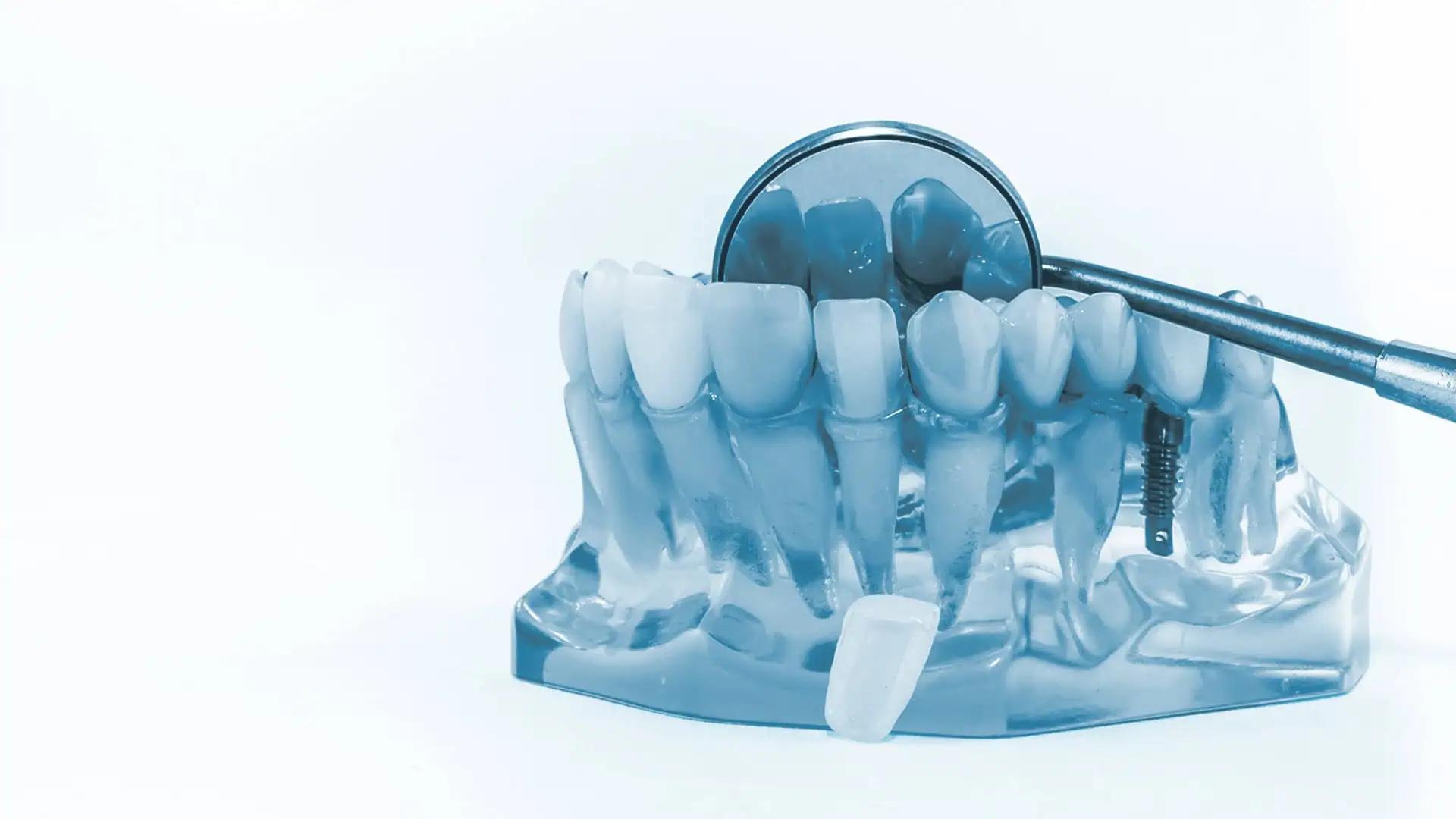
We all know what happens to a beautiful green plant if it’s left unwatered, unprotected, and uncleaned. The leaves will change color as the plant slowly wilts and dies. A sight to avoid. Similarly, when people neglect their oral health, it’s likely that tooth discoloration is in the cards for them. Exactly as bad as it sounds, this condition means that teeth will begin to progressively lose their natural color and present with dark spots on the surface. Another sight to avoid. So, what causes teeth staining, and how does teeth whitening solve the issue?
Common Causes of Teeth Staining
Causes of teeth staining can be broken down into two main groups: extrinsic & intrinsic. Extrinsic staining consists of external factors, while intrinsic causes are internal.
Extrinsic Staining
- Food and Beverages: Acidic foods like berries, sauces, and drinks like coffee, tea, and red wine can stain teeth.
- Tobacco Use: Yellow or brownish stains present due to smoking or chewing tobacco.
- Poor Oral Hygiene: Improper or inadequate brushing and flossing leads to plaque and tartar buildup, which later translates to discoloration and tooth decay.
Intrinsic Staining
- Age: As people age, the enamel thins, revealing the yellow dentin beneath.
- Medication: Certain medications, like tetracycline antibiotics, can cause discoloration, especially in children.
- Fluorosis: Excessive fluoride during childhood can lead to white spots or brown stains on teeth.
How Teeth Whitening Works
Teeth bleaching agents, such as hydrogen peroxide or carbamide peroxide, are used to penetrate the tooth enamel and dentin to eliminate stains and tooth discoloration. These agents release oxygen molecules that react with the stain compounds, causing them to become less visible and continue until they fade away completely.
Teeth Whitening Options
The cool thing about teeth whitening is its flexibility. Unlike some traditional cosmetic treatments, there are more ways than one to get it done. The three prominent whitening methods include:
Whitening Toothpaste
Whitening toothpaste products, including charcoal toothpaste, contain ingredients in their formulas that combat surface stains and prevent new ones from forming. They typically have mild abrasives, like silica or calcium carbonate, which eliminate stains from food and beverages. Other products include chemical agents like hydrogen peroxide and carbamide peroxide, which brighten teeth over time. Whitening toothpastes can do a great job when dealing with minor stains, but they generally provide less effective results than professional and in-house treatments.
Over-the-Counter Dental Whitening Strips and Gels
At-home teeth whitening revolves around using over-the-counter (OTC) dental whitening strips and gels. By combining hydrogen peroxide or carbamide peroxide, these products penetrate the enamel to break down stains and restore the natural color of teeth. Whitening strips are thin, flexible strips coated with the bleaching agent. They get directly applied to the teeth for a set period of time, usually 30-60 minutes a day over a couple of weeks. Gels are applied using a small brush or a tray that holds the gel against the teeth.
Professional In-Office Whitening Treatments
The reasons that make professional in-office whitening treatments more desirable are 3 fold. Not only are they performed by expert dentists, but they also offer faster and more noticeable results, outshining over-the-counter options.
These treatments use higher concentrations of bleaching agents, typically hydrogen peroxide, to achieve significant whitening in a single session, often lasting about 60-90 minutes. Some procedures may involve a special light or laser to activate the whitening agent, enhancing the process.
Deep and stubborn stains are better dealt with through in-office whitening. This method provides a safer and more effective way to achieve a bright smile because it monitors the results carefully and minimizes tooth sensitivity or gum irritation.
Risks and Side Effects
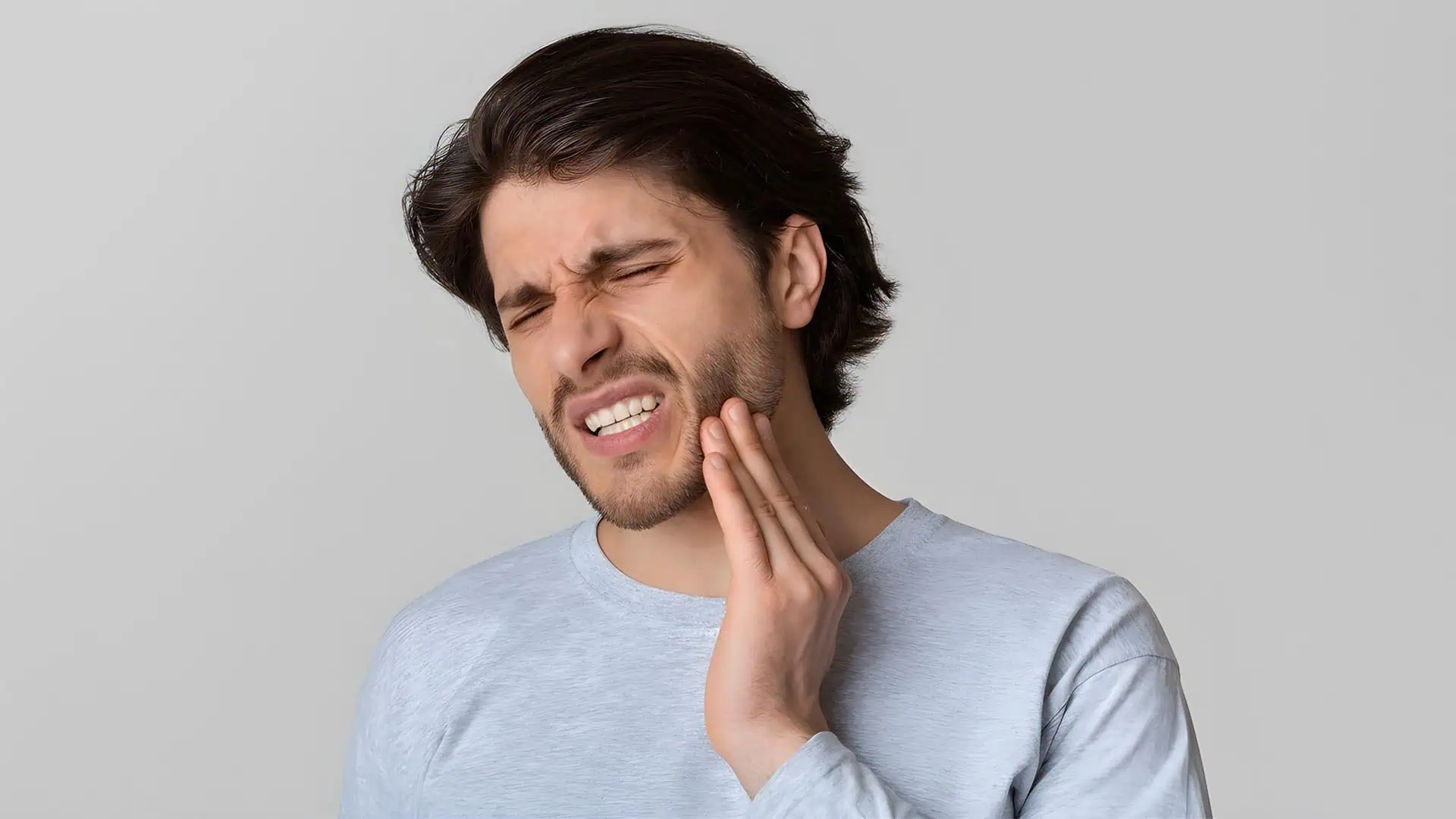
Tooth Sensitivity
During the bleaching process, the active ingredients penetrate the enamel and temporarily increase tooth sensitivity, which can be more severe in those with a thin enamel or an existing sensitivity. Fortunately, this side effect ultimately subsides after the treatment is completed.
Gum Irritation
When the bleaching agents come in contact with gums, the result isn’t pleasant. They can cause annoying irritations and discomfort. Typically, these irritations are mild, short-lived, and avoidable through proper application.
Other Potential Risks
Overusing teeth whitening products leads to more harm than good. It increases the risk of enamel damage, uneven whitening, or increased susceptibility to cavities, further emphasizing the importance of following guidelines and avoiding excessive treatments in order to protect oral health.
Teeth Whitening Tips for Extended Results
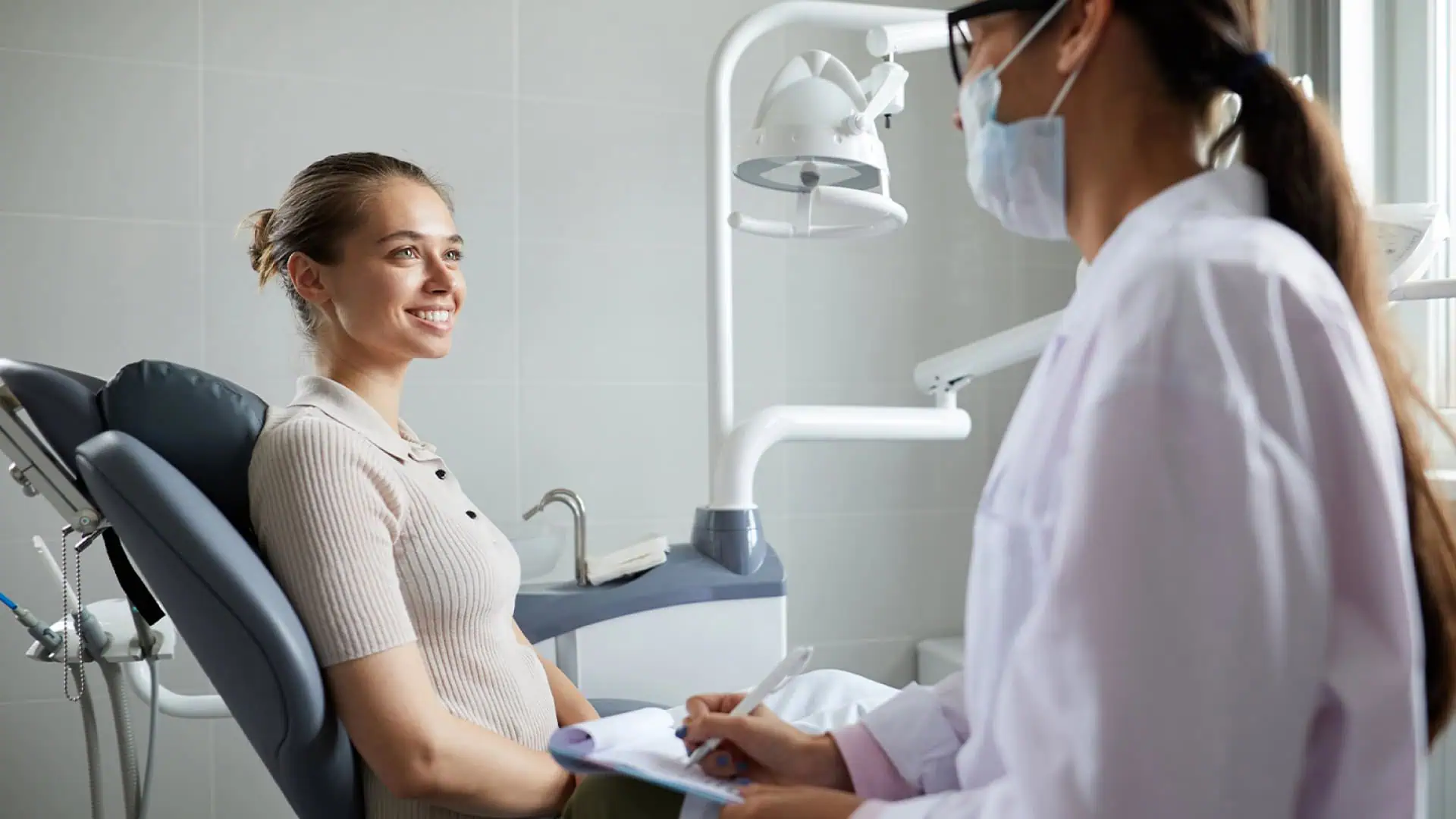
As established earlier, teeth whitening treatments aren’t a magical, eternal solution. If individuals neglect other teeth and overall oral health, their teeth are bound to stain once more and lose the treatment results. Nonetheless, this can be avoided by:
Following Standard Oral Hygiene Practices
Nothing too crazy here. Brush your teeth twice a day using fluoride toothpaste and a soft-bristled toothbrush. Make sure you also floss daily and use a whitening toothpaste occasionally to help maintain brightness. It’s also recommended to rinse your mouth after consuming food or beverages that may cause staining.
Limiting Certain Foods and Drinks
To maintain the aesthetic white appeal of your teeth after treatment, it’s crucial to limit your intake of pigmented items such as coffee, tea, sodas, and soy sauce. In the same boat, acidic items are just as harmful. Vinegar, tomato sauce, lemon, orange, and citrus fruits can all contribute to tooth damage.
Maintaining Regular Dental Check-Ups
Regular dental check-ups are essential to maintain healthy teeth. These visits allow your dentist to check your teeth and touch up the whitening if needed to extend the duration of the treatment. They can also provide you with helpful tips to maintain your whitening results and enjoy a beautiful white smile for more days to come.
Who Should Avoid Whitening Treatments?
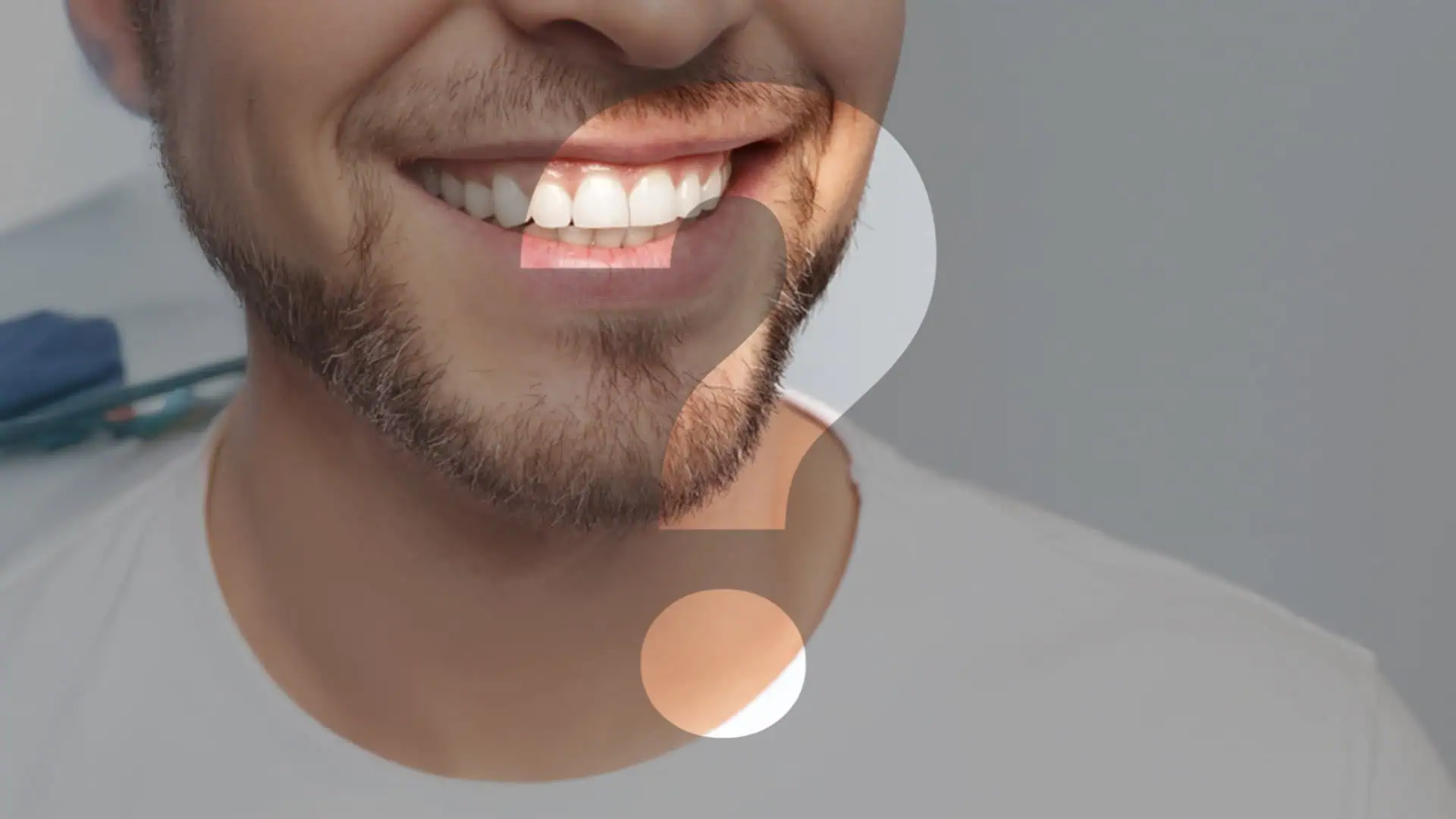
Individuals with Sensitive Teeth
People who already experience tooth sensitivity may find that whitening treatments exacerbate their discomfort. The bleaching agents can penetrate the enamel, leading to heightened sensitivity, which can cause pain during and after the treatment.
Pregnant or Nursing Women
Dental professionals usually recommend avoiding whitening treatments for pregnant and breastfeeding mothers. Although the research on the effects of whitening agents on these individuals is limited, this measure is taken to protect both mother and baby from any potential risks. As long as the effects of bleaching agents on babies and fetuses are not fully comprehended, it’s best to avoid them altogether.
People with Certain Dental Conditions
In case someone is dealing with existing dental issues, such as cavities, gum disease, or enamel erosion, they should address these problems before considering whitening treatment. Whitening agents make these conditions worse and lead to more pain and damage to the teeth and gums.

Dr. Nabil Mockbil, DDS, BDS
Dr. Nabil Mockbil is the head of Swedish Dental Clinic and one of the most experienced orthodontists in Dubai. By demonstrating incredible skills and embracing a kind attitude, he's proven to be not just a brilliant dentist, but someone you can fully trust with your smile. With 20+ years of experience under his belt and a warm smile on his face, you're search for the best orthodontist in Dubai ends with him.


